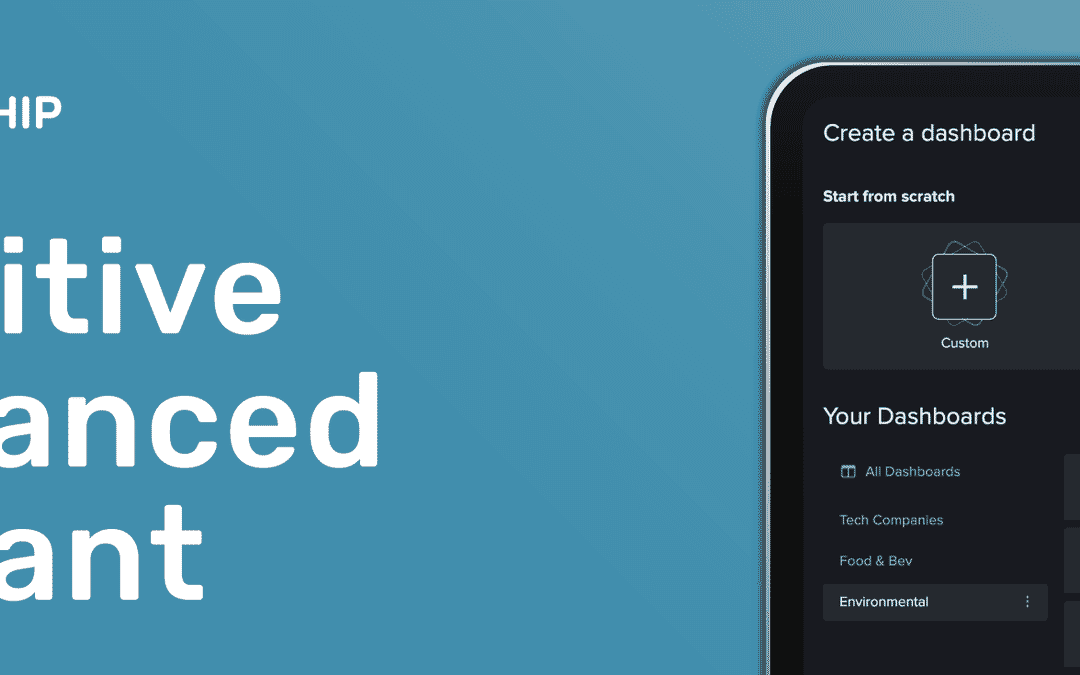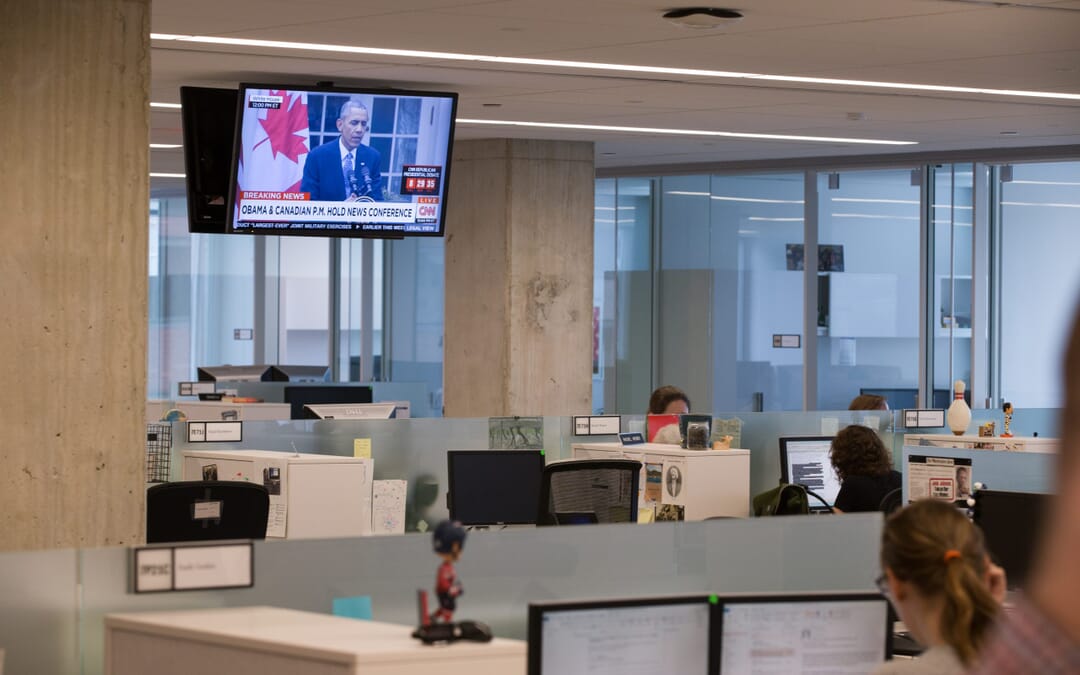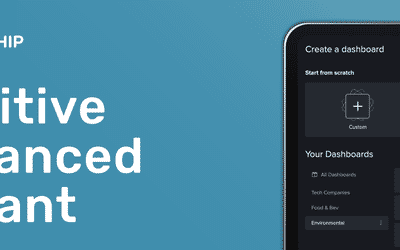We look at the decline in Facebook engagements for major Facebook publishers over the last 12 months, and compare it to the rise of Facebook video.
In our latest Facebook rankings, we noted that there’s been a ‘a slow-down in engagement with links and other content for a broad range of sites’.
The numbers that we include in these rankings are based on the total numbers of likes, comments and shares made on all content that a given website publishes in a month. That includes all shares from a link on a publisher’s Facebook page, but also people sharing links on their friends’ profiles, and using on-site share buttons. Our rankings only look at engagement on articles published in the given month.
If we look back at 12 months of Facebook data for leading websites, there’s a noticeable decline in engagement. From what we’ve seen, this isn’t restricted to any one genre of site. We took a closer look at the trend, focussing on the very top cohort of sites in our monthly rankings.
Less Likes, Comments and Shares on Links
Looking back at the engagements on ‘web’ content (any story with a link back to a host website) since last July, the combined engagements of the top 10 sites get smaller each month.

This chart shows the decline in total engagements (likes + comments + shares) on web content (not native video) for the top ten English language Facebook publishers each month, from summer 2015 to April 2016.
There was a dip between July and September 2015, with numbers slowing down for many of the sites since then. The top ten sites are made up of a mix of digital natives (the Huffington Post, BuzzFeed), major global news brands (the New York Times, Fox News, BBC, the Guardian), and others, such as the India Times and conservative site Breitbart.
The decline isn’t restricted to any single type of interaction. Likes, the dominant engagement type, saw a 55% decline for the top 10 sites combined from July 2015 to April 2016. Shares fell by 57%, and comments by almost 64%.
These numbers don’t include the recently introduced Facebook Reactions, but a recent NewsWhip analysis showed these engagements do not yet have a major impact on overall engagements for major publishers.
Video Getting More Attention
In tandem with the decline in Facebook engagements with web content, Facebook native videos are well on the rise.
Everyone has heard about the massive potential the Facebook video now has for engagement. Some publishers have shifted strategy entirely to focus on the format. But what do the numbers actually look like, and what effect might they be having on people sharing and liking web stories less? NewsWhip data gives us some clues.
In July 2015, 61 native videos were posted to the Guardian’s main page, with an average share rate of 4,111.
In April 2016, that number was more or less the same, at 66. What had changed was the average share rate, more than doubling to 10,028. All of the page’s top 13 most shared posts in April were native videos. In July 2015, there had been three link posts in the top ten.
Here’s another way of looking at it, this time from CNN. Of the 1,051 posts on the main CNN Facebook page last July, 22 (2.1%) were native videos, and they had a total of 97,330 engagements. Last month, 243 of 1,075 posts were videos (22.6%), and they attracted a total of 2,404,137 engagements. For any publisher, those returns are hard to ignore.
It’s hard to quantify, but it stands to reason that the increased attention on these videos mean that there’s less room to show everything in the news feed.
If people are spending more time watching and interacting with videos from the publishers that are posting them, they’ll see more and more. That means there’s less chance of them coming across a link to a story that their friend has liked.
Subscribe to the NewsWhip Newsletter for the latest trends and insights from our blog.
Effect of Facebook Algorithm Updates
There are updates to the news feed all the time. Many of these changes have minimal impact for publishers, but others are more important. Looking back at the last 12 months of updates posted on the Facebook Newsroom blog, here were some notables for publishers:
June 12 2015 – Taking into account time spent on stories: “From this research, we learned that in many cases, just because someone didn’t like, comment or share a story in their News Feed doesn’t mean it wasn’t meaningful to them.”
The update meant that the news feed would take into account more than plain old engagements when considering what to surface for each person. Time spent reading the post would now be included.
July 9 2015 – Updated controls for news feed: This update gave users the ability to prioritise the pages and friends they see posts from.
February 1 2016 – Using qualitative feedback to show relevant stories: “News Feed will begin to look at both the probability that you would want to see the story at the top of your feed and the probability that you will like, comment on, click or share a story. We will rank stories higher in feed which we think people might take action on, and which people might want to see near the top of their News Feed.”
April 21 2016 – More articles you spend time viewing: “This update to ranking will take into account how likely you are to click on an article and then spend time reading it.”
In the meantime, of course, there were announcements around the promotion of video.
Each of these may only have had an incremental effect, but taken as a whole, they add up to a news feed algorithm that surfaces content in a different way than it did in 2014, when top publishers regularly saw engagements of over 10 million every month.
What it Means for Publishers
In this, it’s important to remember that there are still huge engagements for many publishers every month. Plenty of stories still rack up enormous shares on Facebook.
We’ve also seen people share all kinds of content – from hard news to long form, very heavily. A new Pew Research report finds that 44% of the US population now gets news on the platform.
As media consumers’ habits change, publishers need to be aware of how their audience is finding their news. Mass distribution in the news feed helps you to reach the right readers, but takes effort and informed insight to make a proper impact.
Paying attention to your internal analytics and experimentation is key in maintaining a strong connection with the audience.
Boost your social strategy with a NewsWhip Spike trial today











